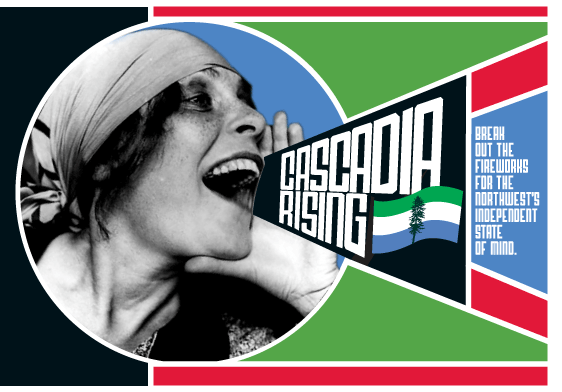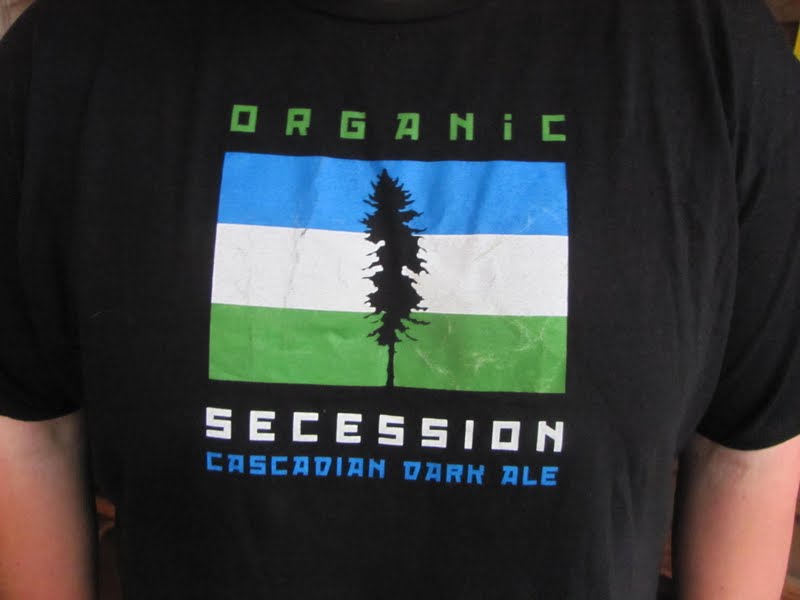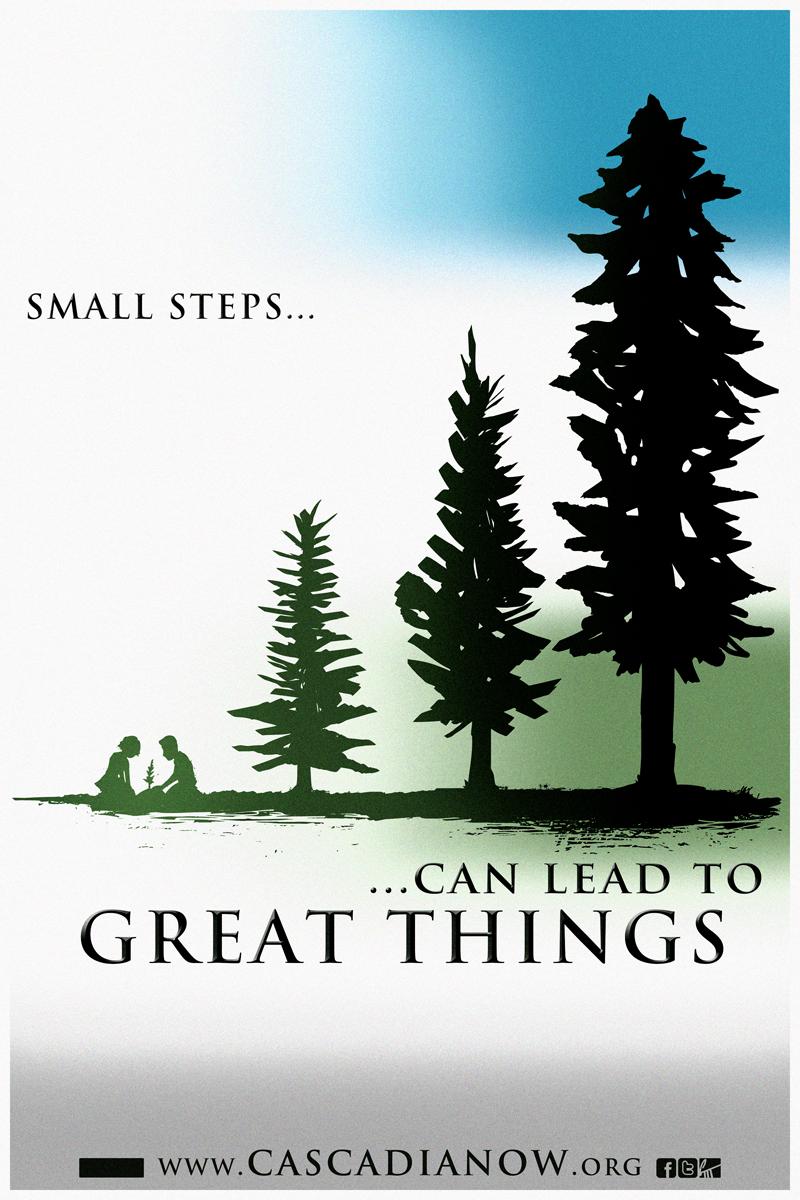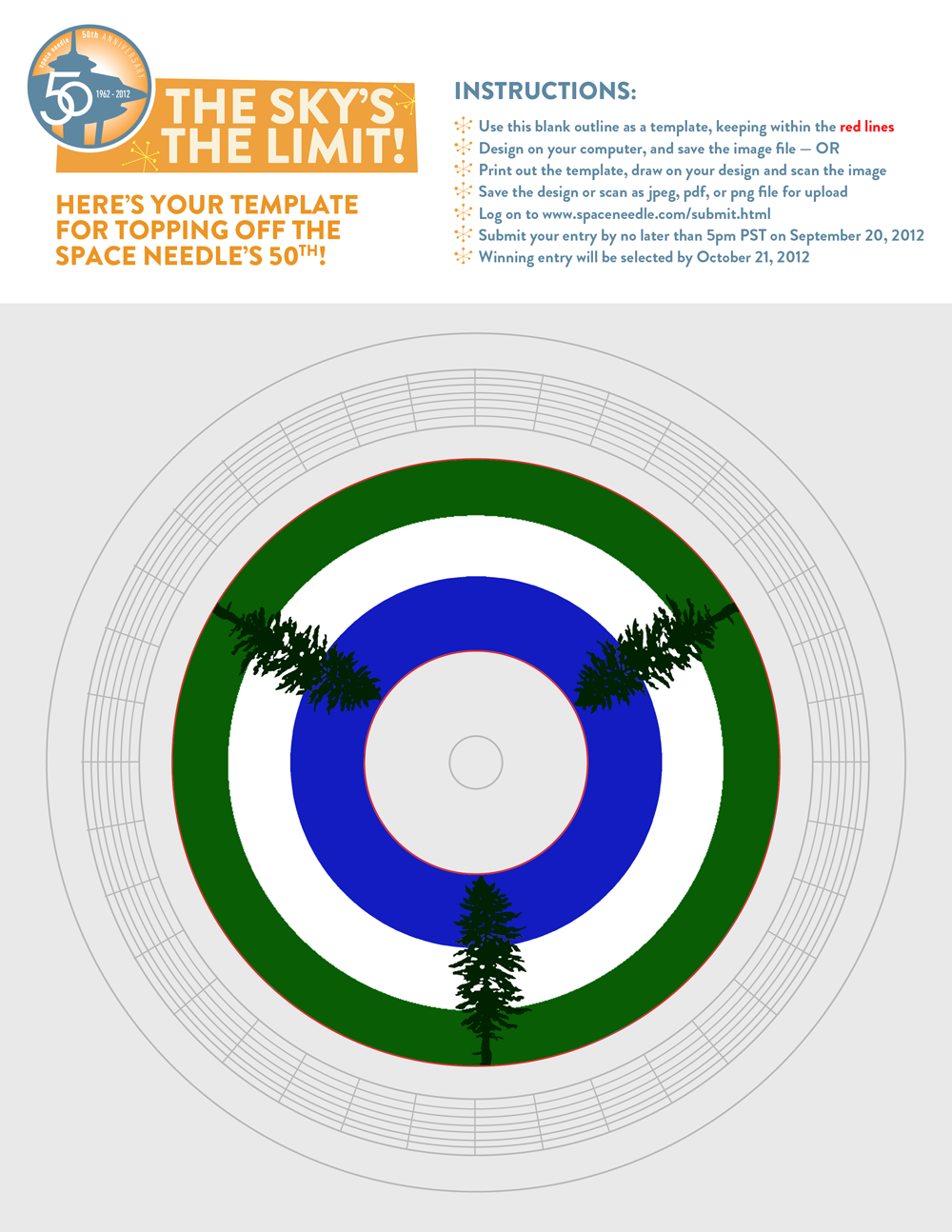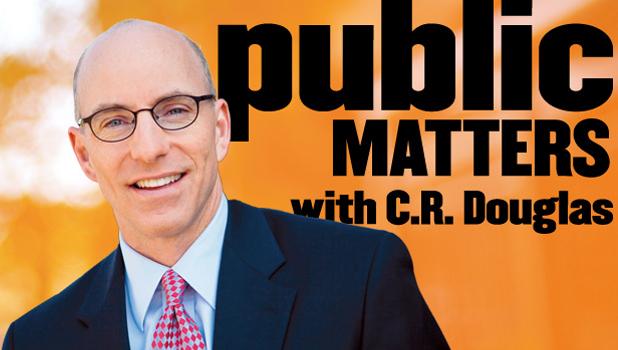 This is the first in a series of articles aimed to help interested CascadiaNow members and group find easy, low cost and effective ways for outreaching and ultimately, to raise awareness of Cascadia.
An information table can be as easy as it gets. They are simple, and often a good first step for a group trying to get off the ground to outreach to various communities, give information and literature, find other interested parties, and to begin compiling email lists for future meetings and activities. Key places that they may be effective would be any large scale events that may pertain to Cascadian principles or ideals, or in the first weeks of a school quarter for new student groups.
This is the first in a series of articles aimed to help interested CascadiaNow members and group find easy, low cost and effective ways for outreaching and ultimately, to raise awareness of Cascadia.
An information table can be as easy as it gets. They are simple, and often a good first step for a group trying to get off the ground to outreach to various communities, give information and literature, find other interested parties, and to begin compiling email lists for future meetings and activities. Key places that they may be effective would be any large scale events that may pertain to Cascadian principles or ideals, or in the first weeks of a school quarter for new student groups.
Talk with friends about large scale events in your city or on your campus coming up within the next several months, or even in the year, and make arrangements to reserve a booth, or note the dates so you can table outside of it.
People: One person can do it but it is preferable to have more people – and more fun. Usually two or three people is recommended, so that people can take breaks, or provide input on a challenging discussion or conversation. Make sure all participants know when and where to be well in advance.
Furniture: A folding table will do fine. Many events have the option to provide them for you. If you are outdoors, you may also want to think about a garden pavilion or umbrella. Again, many schools or community centers have these available that you can check out or rent. While not necessary, a few chairs might also be convenient, though we’re sure with all the Cascadia raising awareness you’ll have the chance to sit down.
Materials: This is largely up to you, but for your standard tabling kit, we recommend a large tri-fold information board (usually about $5 and available from any art store, that you and compadres can put together the night before). On this, we recommend several different color posters, images, quotations and blurbs that help to succinctly put forward what the idea of Cascadia is, and maybe different areas that we are focusing on. History, Bioregionalism, Beer, Soccer, Culture and the Environment are all excellent areas to begin with. The Tri-Fold should be large enough to either go on the table itself, or if you don’t have a larger banner, think about putting it in front of the table. In addition a Cascadian Doug Flag can do wonders just as a table cloth.
 Literature: We will be making a Cascadia tabling kit available online very soon, but in the meantime, think about the basics of what you might need. 1) An email list, to collect contact information from those interested in learning more. A quartersheet, with a brief description of Cascadia (pulling it from our website or elsewhere on the internet is just fine), as well as a quartersheet with your group, your info, relevant online resources, and potentially when/where you folks meet is always a good idea. In addition, any merchandise you have for sale, or to display is always helpful, and makes your organization look more professional. Patches, stickers, buttons, flags are always a good idea if you have them available. In addition, think about creating a larger tri-fold pamphlet, or putting together a short 3-4 page zine about your vision of Cascadia, potential projects that you may want to work towads.
Literature: We will be making a Cascadia tabling kit available online very soon, but in the meantime, think about the basics of what you might need. 1) An email list, to collect contact information from those interested in learning more. A quartersheet, with a brief description of Cascadia (pulling it from our website or elsewhere on the internet is just fine), as well as a quartersheet with your group, your info, relevant online resources, and potentially when/where you folks meet is always a good idea. In addition, any merchandise you have for sale, or to display is always helpful, and makes your organization look more professional. Patches, stickers, buttons, flags are always a good idea if you have them available. In addition, think about creating a larger tri-fold pamphlet, or putting together a short 3-4 page zine about your vision of Cascadia, potential projects that you may want to work towads.
A Debrief: Hold a post mortem. Get everyone who took part to give their impressions and ideas about what went well and what didn’t and how you can improve for the next one. Write a report and share it on your mailing list, wiki or website so that others can benefit from your experiences. Specifically, talk about challenging conversations or one liners that kept on popping up. How did you respond? How could you respond better next time? If you have the resources, think about recording your conversations. When you get home, go over the recorded material and compile a list of talking points of the strengths and weaknesses from the day. Put together a list of talking points with your friends to help you next time, since each will be a learning experience.
To help with this process, we will be uploading and making available an open tabling kit on the CascadiaNow website, that will include images, word documents, literature that we have used in the past.








